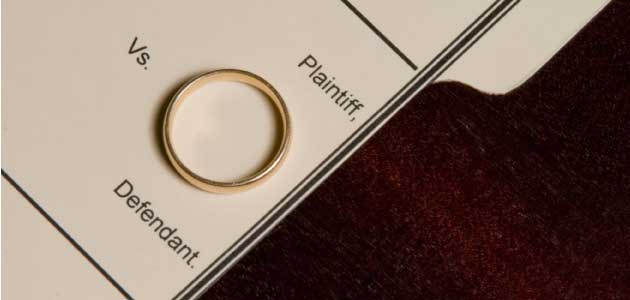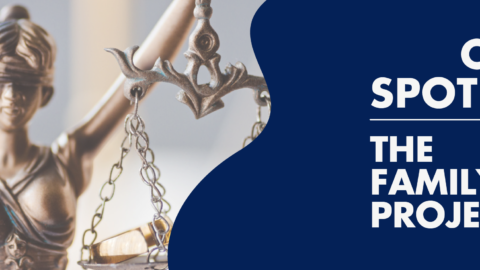In late April, BASF’s Paralegal Section hosted a presentation about Family Law disclosure forms.
The speakers included David Blacker, a partner at Blacker, Sammis & Blacker; Patricia Pennington, RP®, a senior paralegal at Sideman & Bancroft; and Dennis Hanshew, a senior paralegal at Blacker, Sammis & Blacker.
The program was well attended by attorneys and non-attorney legal professionals, as well as forensic CPAs and financial advisors.
Hanshew gave an overview of Family Code §2100-2113, the “post separation disclosure statute”, its purpose, content requirements, timing of service, and the on-going duty to update and keep current the Preliminary Disclosure, especially when the Final Disclosures have been waived by stipulation.
Blacker discussed how the duty of disclosure fits with the general fiduciary duties of spouses per Family Code §721. He pointed out some of the potential consequences of non-disclosure of assets under various statutes such as Family Code §271, 1101(g) and 2107, as well as 1101(h) which provides for an award of up to 100% of a community asset that was intentionally not disclosed.
Hanshew also addressed the Declaration of Disclosure Form FL-140 and provided a handout with, among other things, alternative language regarding the disclosure of investment/business/income-producing opportunities presented after the date of separation.
To illustrate how to complete each form properly, Hanshew and Pennington used a fictitious divorcing couple in a long-term marriage, Suzie Que and Dusty Roads, whose assets and debts are varied and colorful. Petitioner Que was claiming some as her separate property, and others were presumptively community property.
Hanshew examined their assets and debts in detail using form FL-142, the Schedule of Assets and Debts. He typically creates his schedules in Excel to take advantage of the auto calculation feature and to organize data in a systematic and legible manner.
His discussion covered topics that are often confusing to clients, including when term life insurance policies may have a value; how the corpus of a trust may be one’s separate property yet the income generated from it applicable to the calculation of support; which retirement plans require division by Qualified Domestic Relationship Orders (QDROs) and which do not; and third-party interests in disclosure.
Pennington reviewed in detail FL-150, the Income and Expense Declaration Form. She supplemented her draft form with numerous attached schedules and tax documents to illustrate various points of interest, including a useful worksheet that can help clients prepare their disclosures. One exemplary feature of Pennington’s sample form was her use of line item notations to explain particular items and/or to provide a reference, such as types of income, including salary, bonus, promotional fees, and profit/loss from business, as well as breaking out all the expense categories on the form.
The program was recorded and is available via webcast:
Visit the Online CLE catalog at www.sfbar.org/onlinecle and search: G163503



